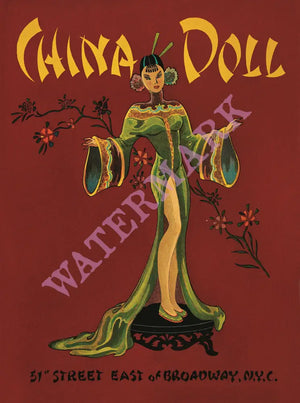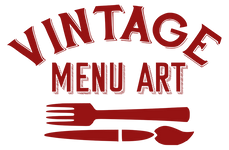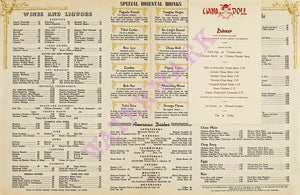
China Doll, New York 1940s
Free Shipping In The US
In the 1930s and 40s, San Francisco’s famed Chinatown neighborhood was booming with nightclubs such as Club Shanghai, Chinese Sky Room, Kubla Khan, Lion’s Den and the most famous of them all – Forbidden City.
These Chinese-owned nightclubs featured entertainment with male and female performers, many of whom were first generation Asian Americans. Growing up with Hollywood musicals and jazz on the radio, these talented singers and dancers turned Asian stereotypes on their head.
Women came on stage in heavy Chinese opera costumes or delicate cheongsams and then revealed burlesque costumes underneath. Couples performed traditional dances but also dropped into a Charleston or a Shim Sham. Tuxedo dressed men crooned like Frank Sinatra or Bing Crosby.
According to an article on the website of the Museum of Chinese in America (MOCA):
‘These vaudeville floor shows shocked the conservative Chinese communities and puzzled white crowds, who were fascinated by the Asian performers singing, dancing, and dressing in ways they had never seen before.’
China Doll, located at 51st between Broadway and 7th Avenue in New York City, opened in 1946 and hoped to emulate the success of the San Francisco nightclubs. Some of the ladies of the revue were probably not all they seemed. It was common for dancers to pretend to be from overseas - many of them faking accents and using heavy make-up to pass themselves off as Asian.
‘A much more significant change was that China Doll played on Asian stereotypes in ways that Chinese-owned San Franciscan clubs did not. This difference led to shows with names such as ‘Maid in China’ and ‘Slant Eyed Scandals,’ adds the MOCA website.
The Museum of Chinese in America adds: ‘Still,’ chop suey circuit’ nightclubs like China Doll introduced a new image of Asian American performers to a broad audience and enabled the careers of a whole generation of Asian American entertainers.’
The Museum of Chinese in America, dedicated to preserving, illuminating, and celebrating the rich history and contributions of Chinese in America, can be visited at https://www.mocanyc.org.
Each order includes a print of the interior menu.
All printed in USA.



